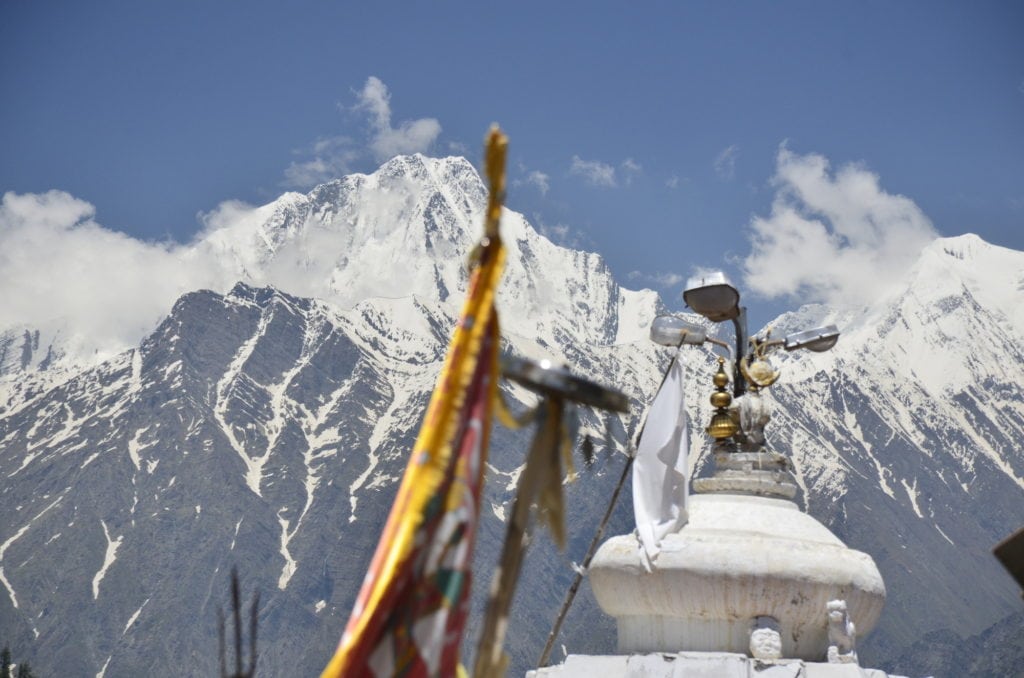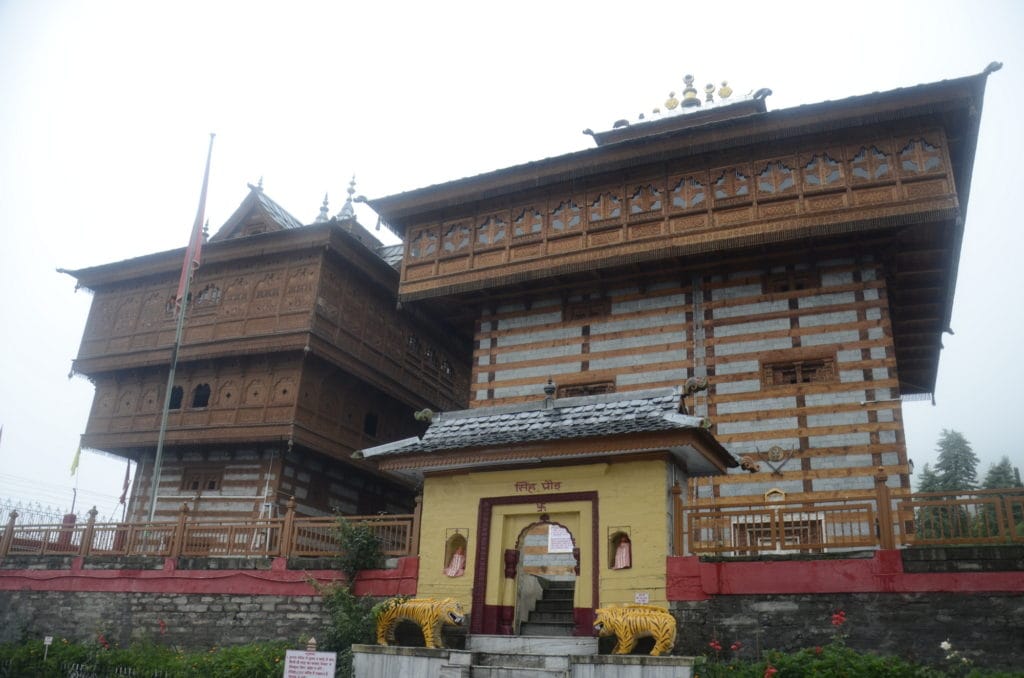Samatva
Byte Sized Travel Stories
people, places and stories.
nothing else.
just the trivial things.......
that make travel interesting....
and memorable
- All (75)
- Footsteps of Rama (3)
- Himachal (16)
- Quiz (0)
- Temples (16)
Philosophy at a glance, Kardang
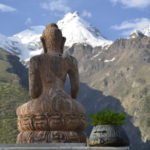
Hanumanji at hilltop, Shimla
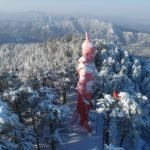
Everyday life at Kali Bhari, Shimla
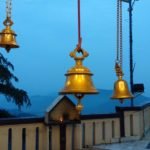
Mataji, Mountains and Maggi, Dainkund
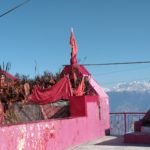
Lake placid at Renukaji
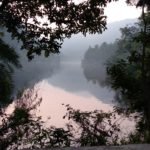
Hatkoti, on its own
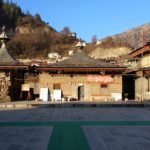
Variety of Manikiran
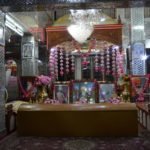
Perfect setting for the soul. Baijnath
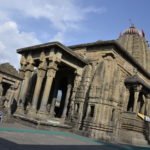
Land’s end at Bharmour
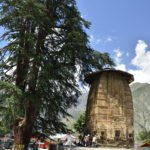
The pleasure of doing nothing at Ki
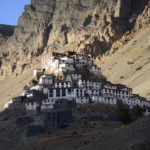
When the whole town is a temple, Kullu Dussehrah
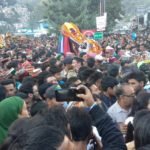
The perspective of Buddha, Langza
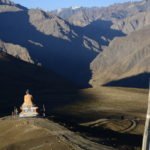
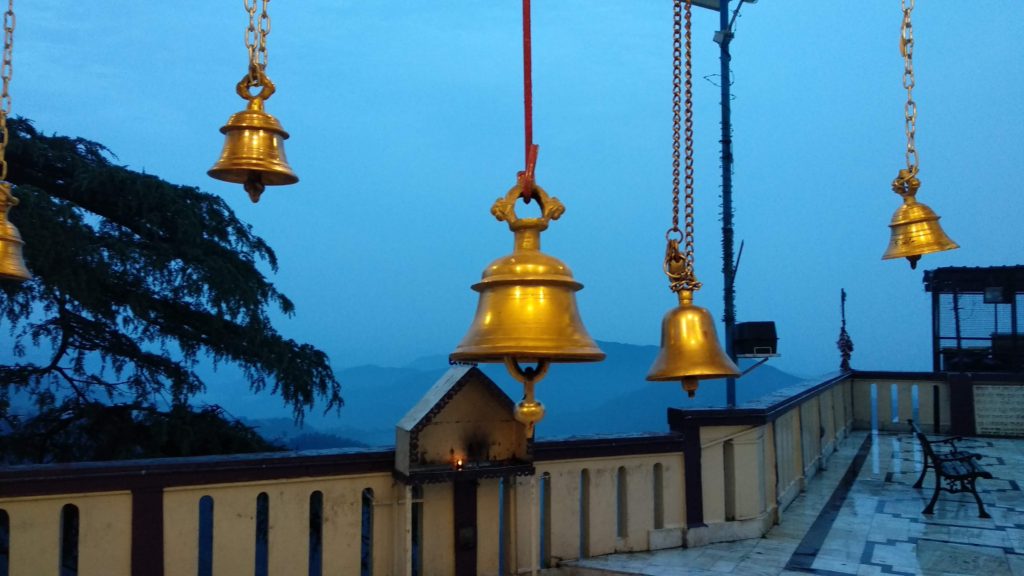
Everyday life at Kali Bhari, Shimla
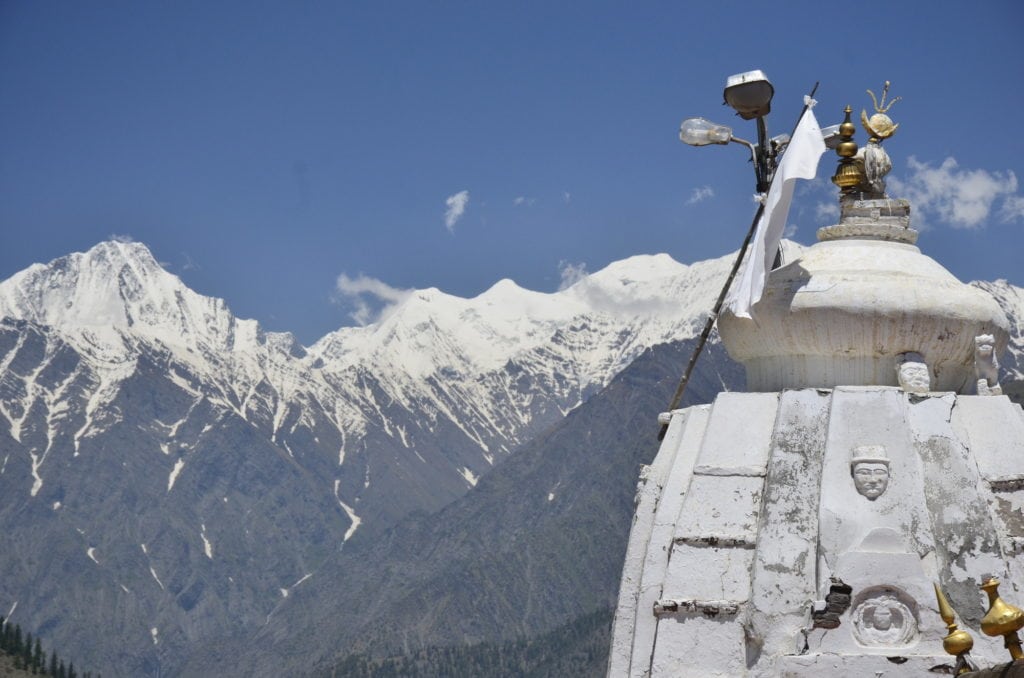
Harmony lived each day, Triloknath
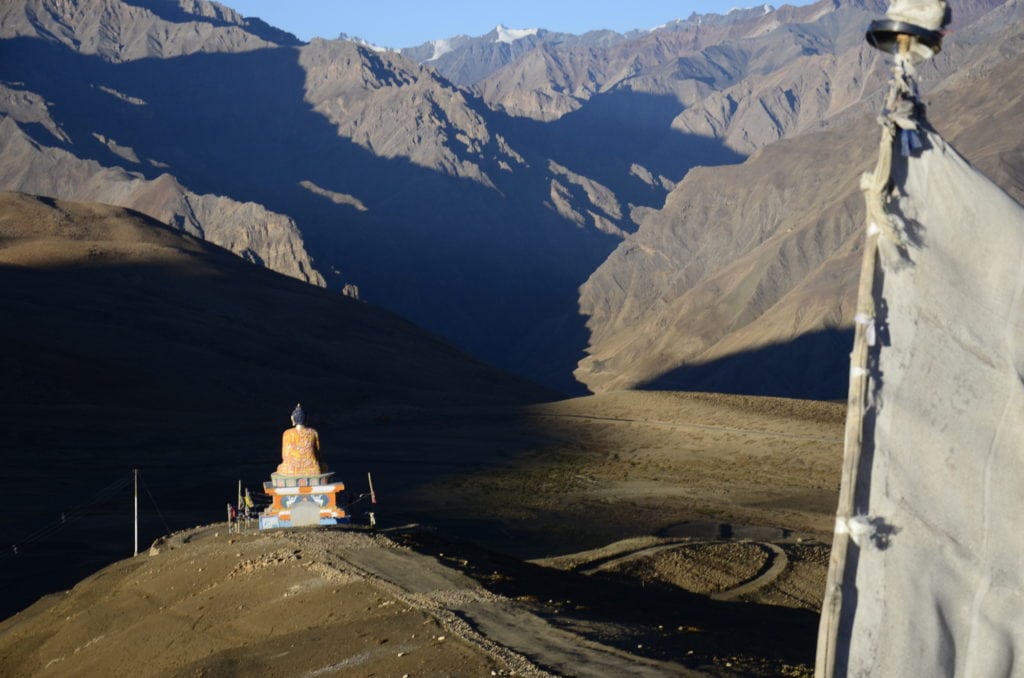
The perspective of Buddha, Langza
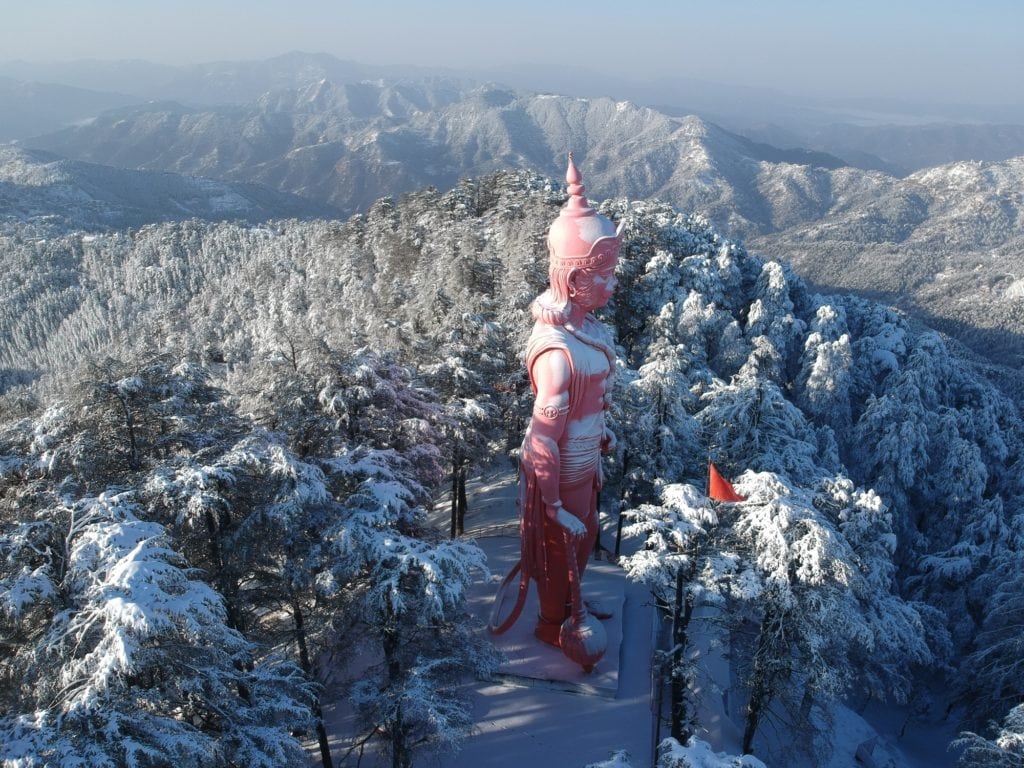
Hanumanji at hilltop, Shimla
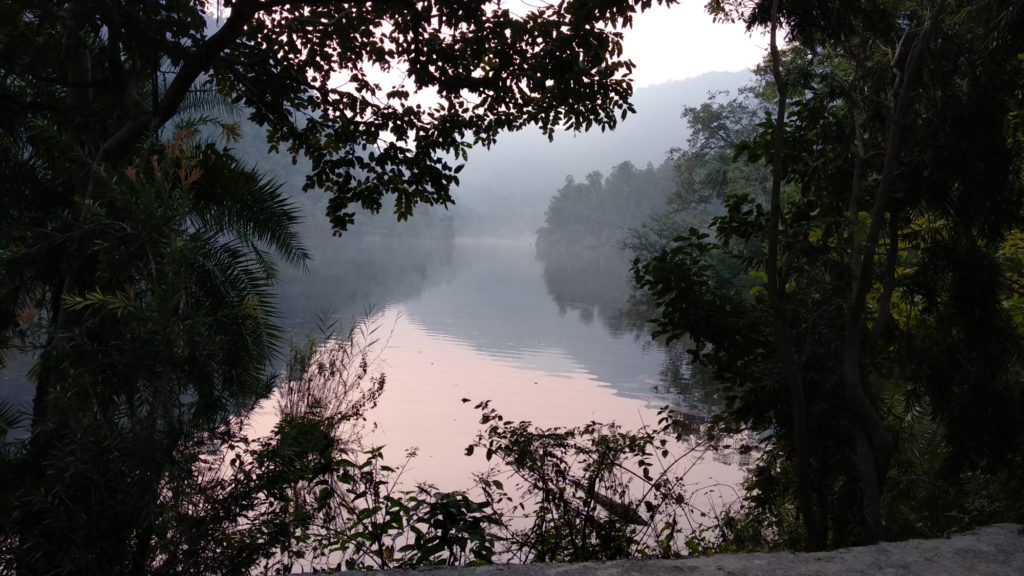
Lake placid at Renukaji
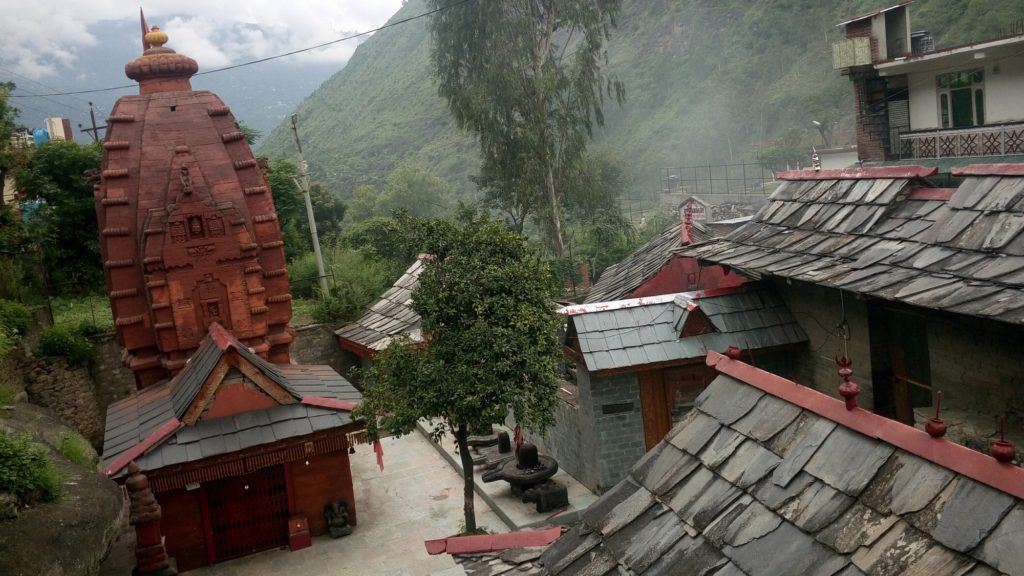
Sun Temple of Sutlej Valley, Nirath
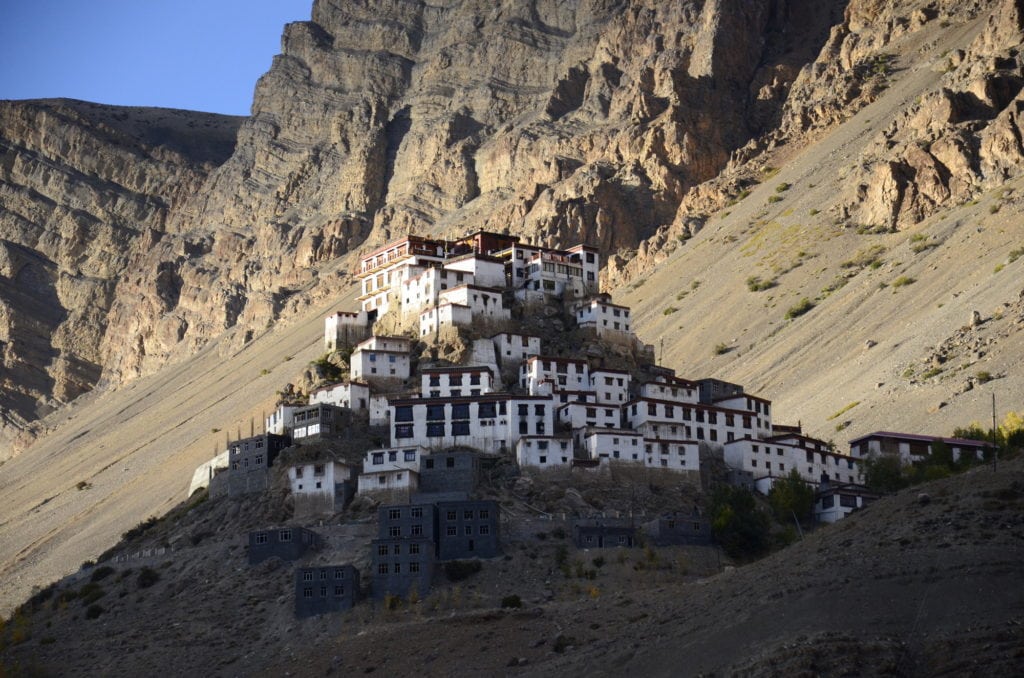
The pleasure of doing nothing at Ki
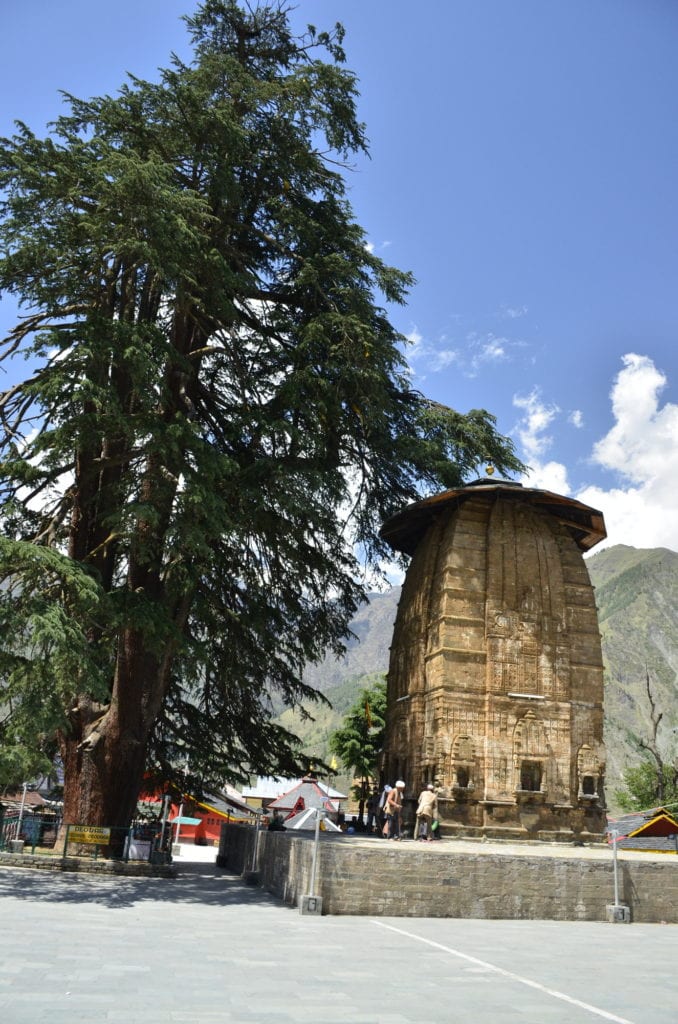
Land’s end at Bharmour
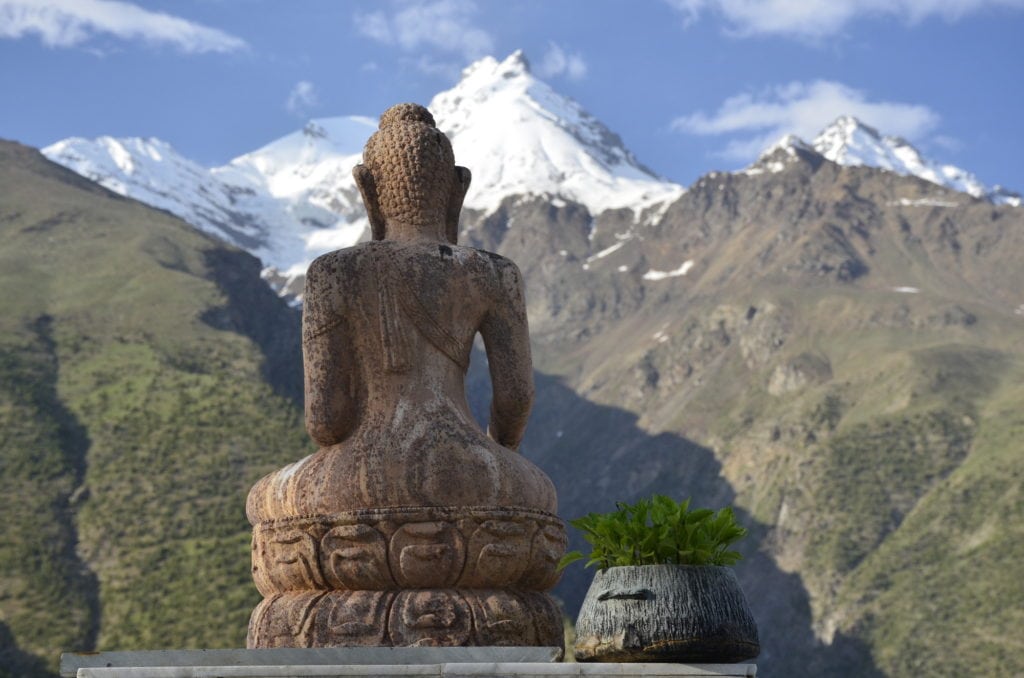
Philosophy at a glance, Kardang
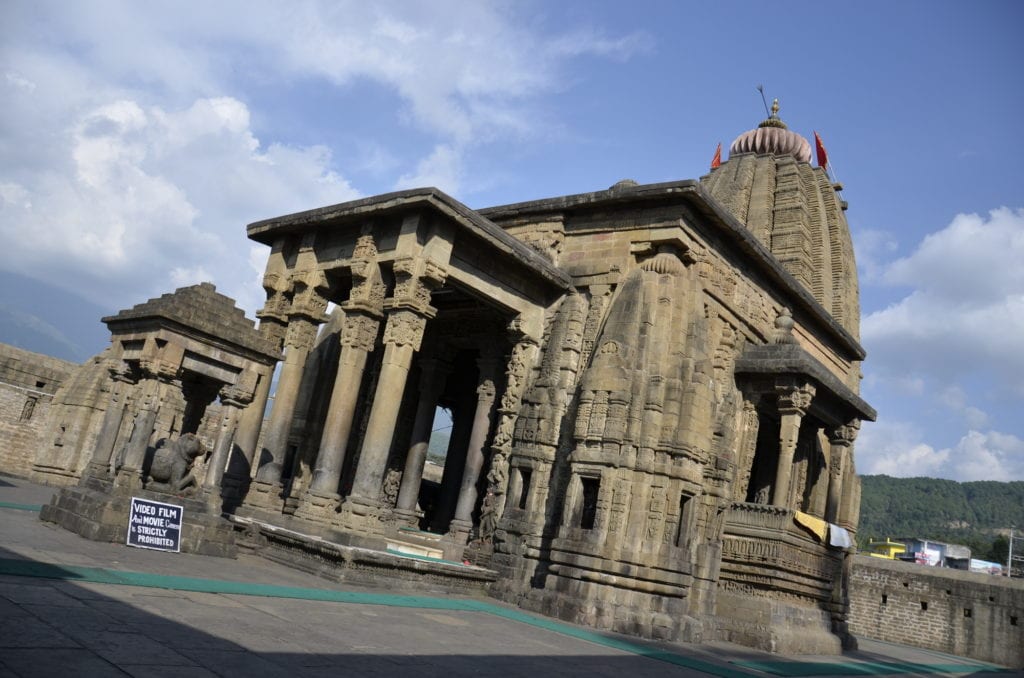
Perfect setting for the soul. Baijnath
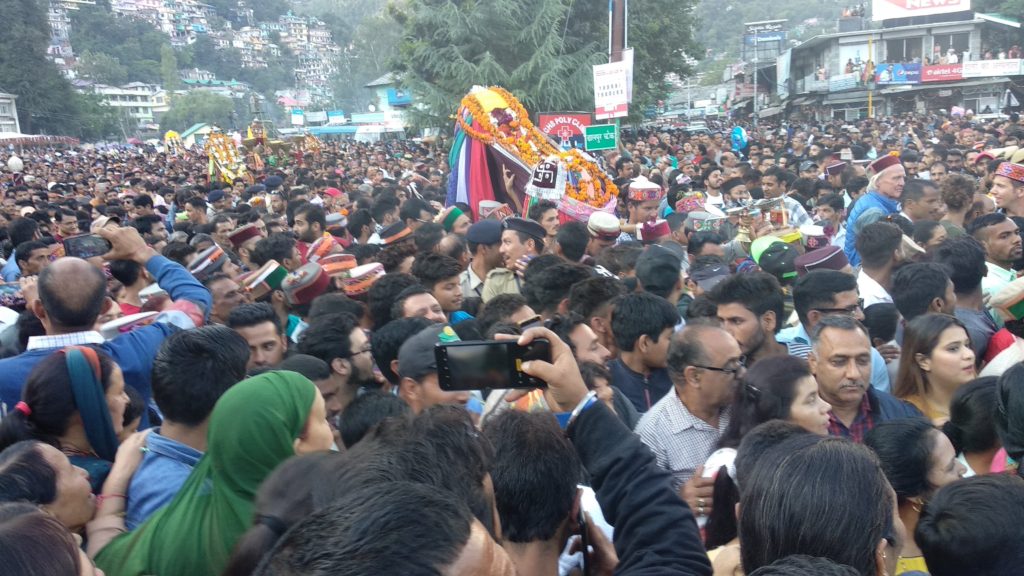
When the whole town is a temple, Kullu Dussehrah
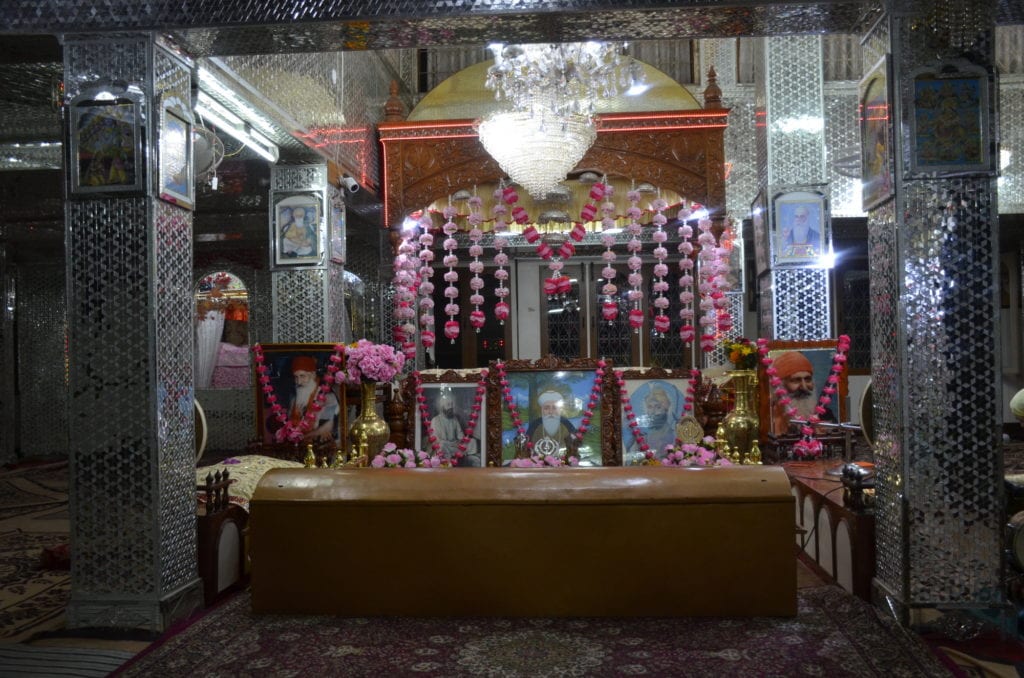
Variety of Manikiran
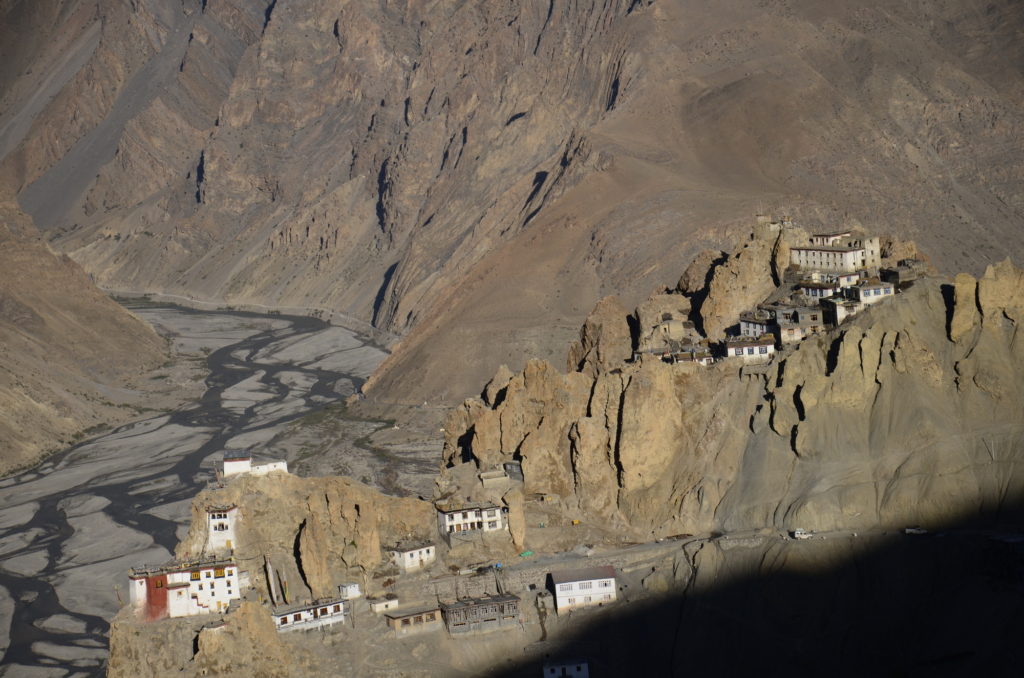
Coming out of Mud, Dhankar
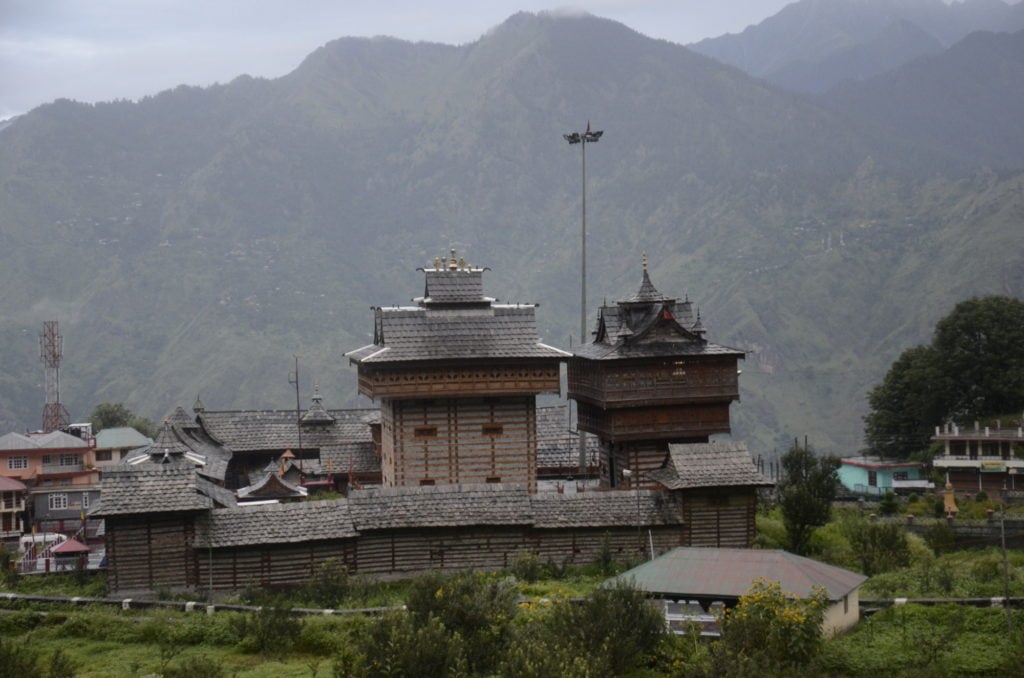
One of her kind, Bhimkali at Sarahan
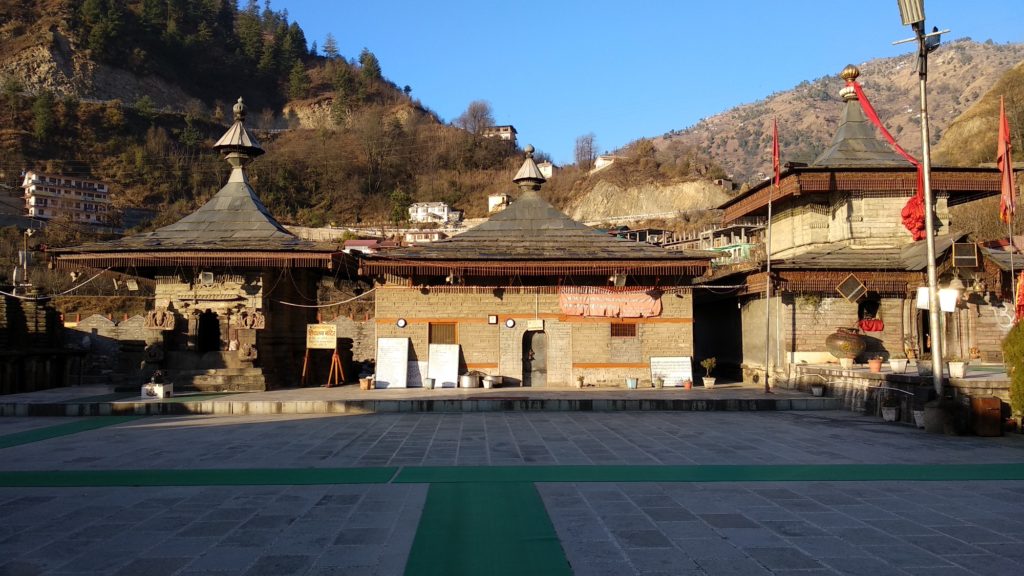
Hatkoti, on its own
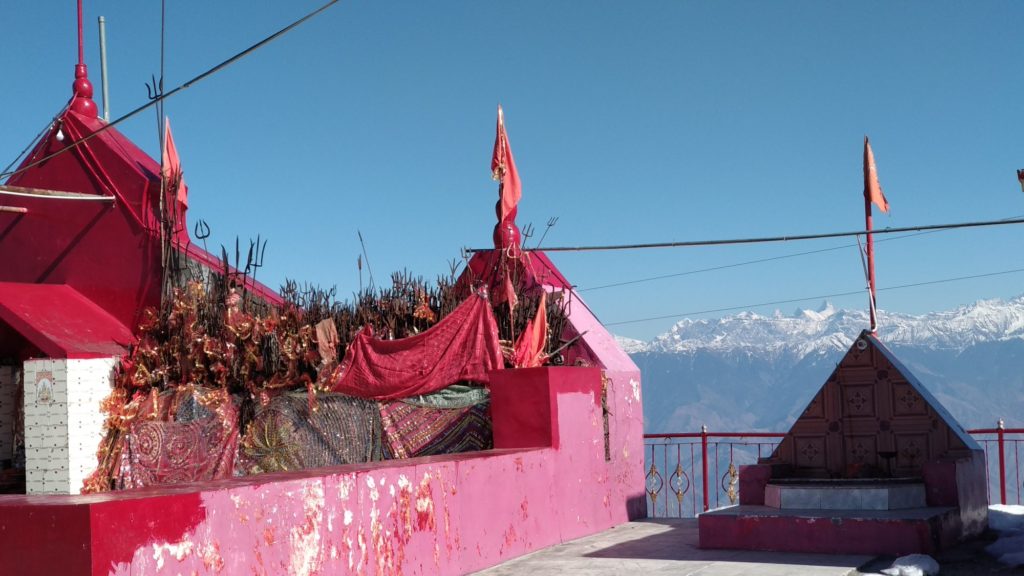
Mataji, Mountains and Maggi, Dainkund

Harmony lived each day, Triloknath
Triloknath. Temples of Himachal…14
Triloknath is a small, but primary temple in Lahaul valley of Himachal. The valley is cut off for six months each year. The snow blocks the passes and the residents just live out the winter. Every now and then, a chopper addresses emergencies; and drops firewood when the winter sours. That will soon change as the tunnel near Manali will make it accessible all year.
The Chandrabagha, as Chenab is called in Lahaul, defines the Lahaul valley. A thin strip of green stretches on the sides of the river continuously. Then suddenly there is a sharp rock outcrop with a vertical face, almost as if someone worked on it. Across the river. Triloknath temple is on top of it.
It is a totally nondescript temple with a deep message. Its original identity is claimed as both Hindu and Buddhist, 1000 or 2000 years old. The deity is worshipped as Shiva by Hindus and as a bodhisattva by Buddhists. The form of worship defines harmony. There are both Hindu and Buddhist priests sitting together. The pujas alternate between the traditions every few hours. The festivals also keep flipping between Hindu, Buddhist and common festivals. This is not photo-op secularism but deep lived harmony.
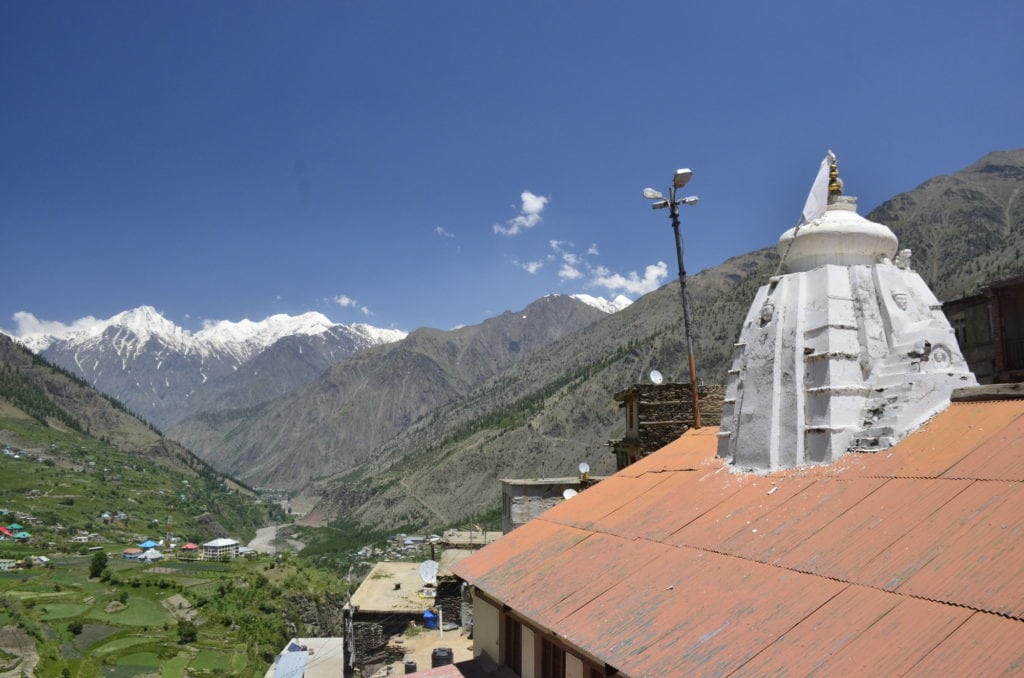
Triloknath towers above the Chandrabagha valley
The landscape around adds to the harmony. There are stunning patches of greenery amidst the sand and rock face. Chenab snaking through the thin valley. Suspension bridges adding mystery to the landscape. Streams cutting through mountain passes to feed Chenab. I was happy riding a scooter and took more than 4 hours to cover the 40 km distance along the valley.
Lived harmony in the temples of Himachal. Triloknath.
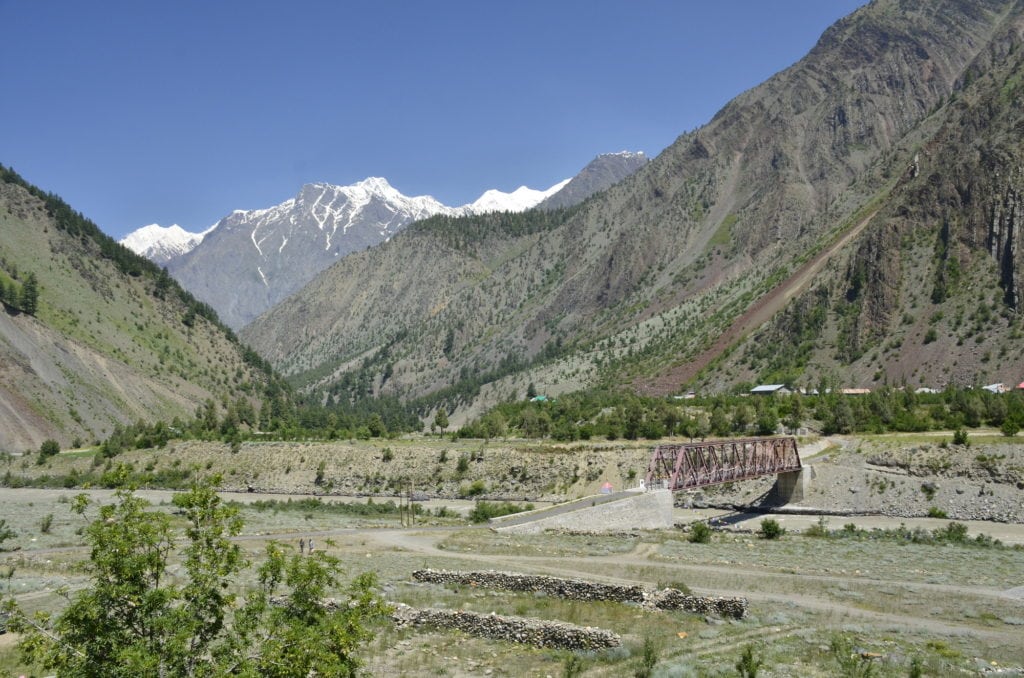
Chenab Valley
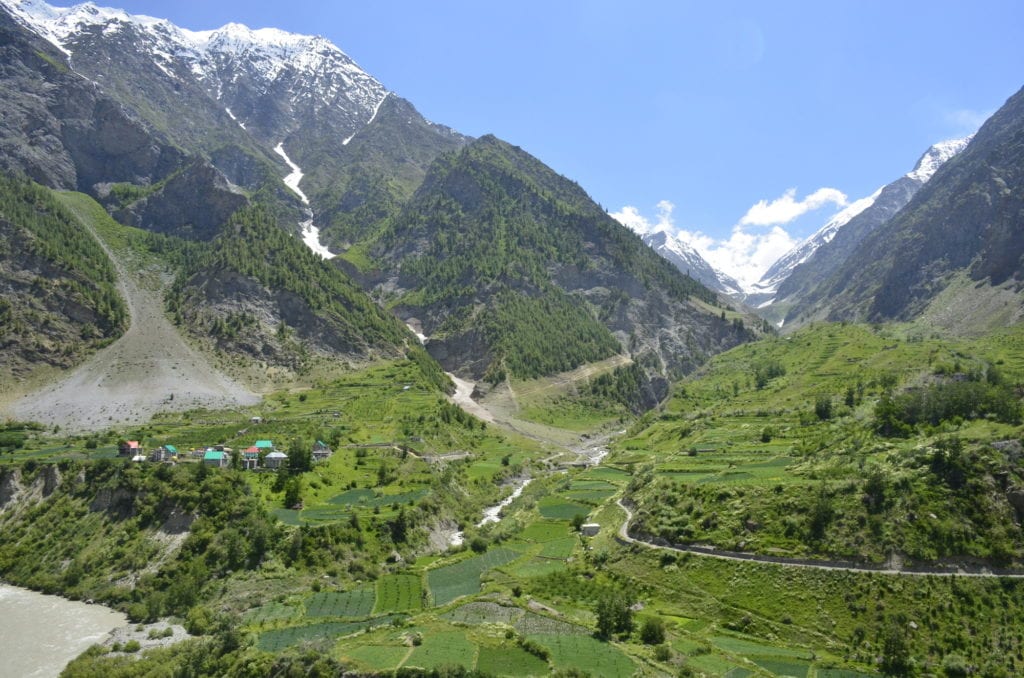
Around Trilokanath in Lahaul
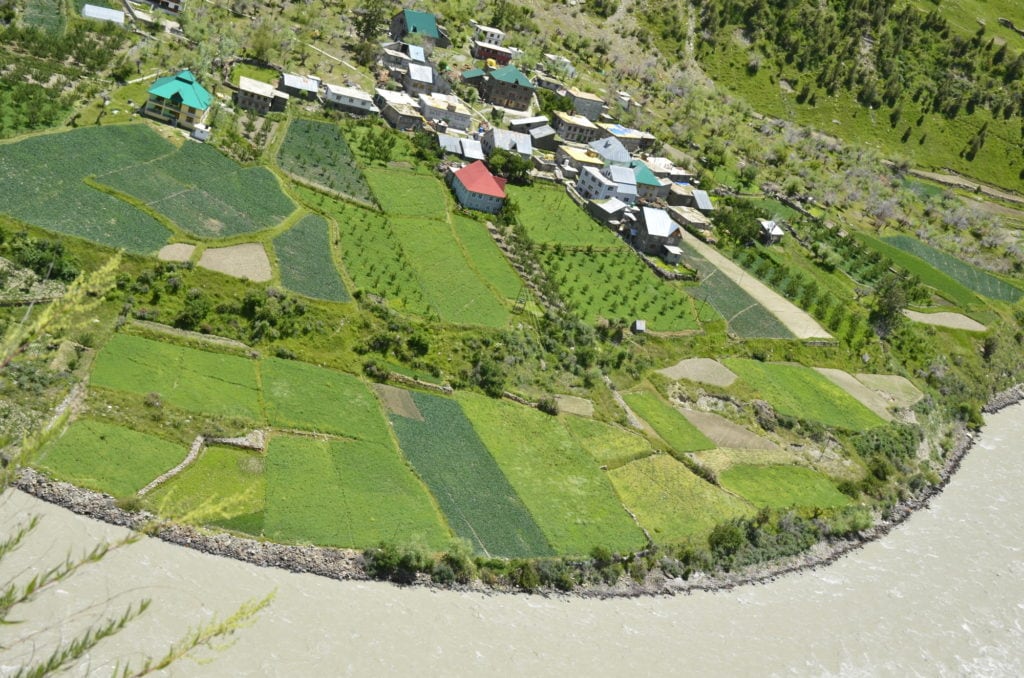
Farming at the riverfront of Chandrabagha
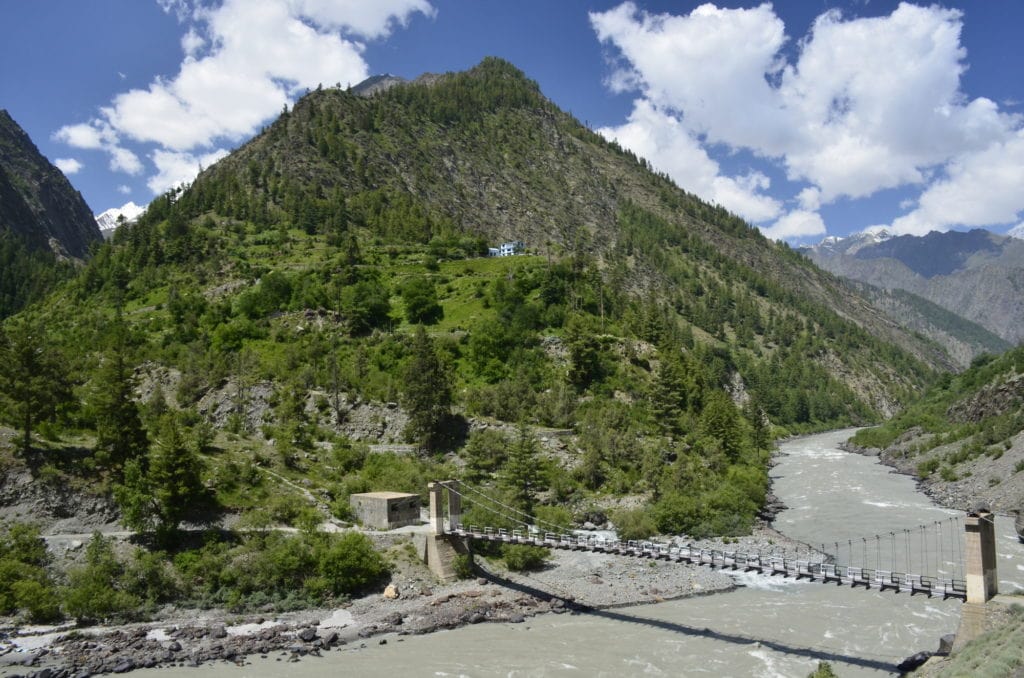
The many suspension bridges across Chandrabagha

Coming out of Mud, Dhankar
Dhankar. Temples of Himachal….7.
Spiti is sparsely populated. It is part of a district that has 3 people per sq km that makes up for less than a percent of India’s density. I was sold on this area by one of the earliest outlook travellers books on Himachal. It had a trek called Spiti left bank trek. I stepped out with an ambition to do it solo.
Once I reached Spiti, I quickly gave up on the trek idea. The heights, landscape and desolation scared me off the solo idea. The trip became a slow travel over ten days or so. Dhankar was one of the stops.
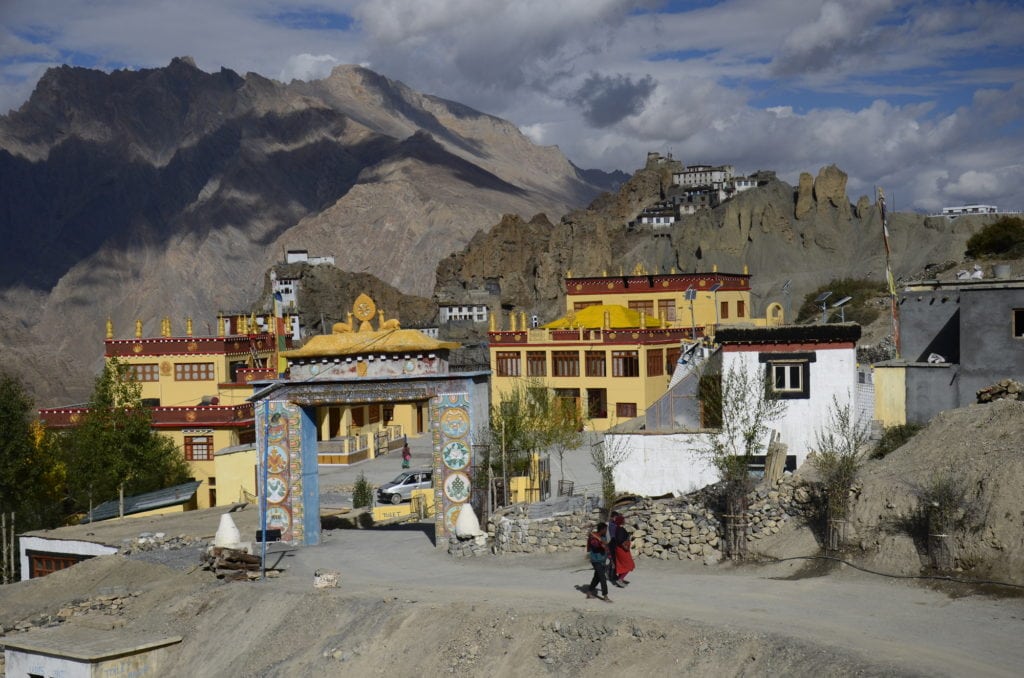
Dhankar, the new and the ancient
It is a monastery on a ridge line and makes for spectacular views. It is on a mud cliff, all sides and edges ragged by raging winds; and then snow that drags the mud down every season. It looks like a giant termite mound as a result. The location overlooks the confluence of two great rivers, Pin and Spiti, which eventually become the Sutlej.
I reached by afternoon and then ran into a small group of very serious young photographers from Karnataka. They use only the morning and evening sunlight and were maniacal in their attention to detail.
Next morning, they decided to climb up the mountain further to get an early morning shot of the monastery and I went along with them. The monastery itself is at about 12500 feet and we went some bit higher. The Sun slowly crept up on the ridge line and the shadows receded, lighting up the monastery.
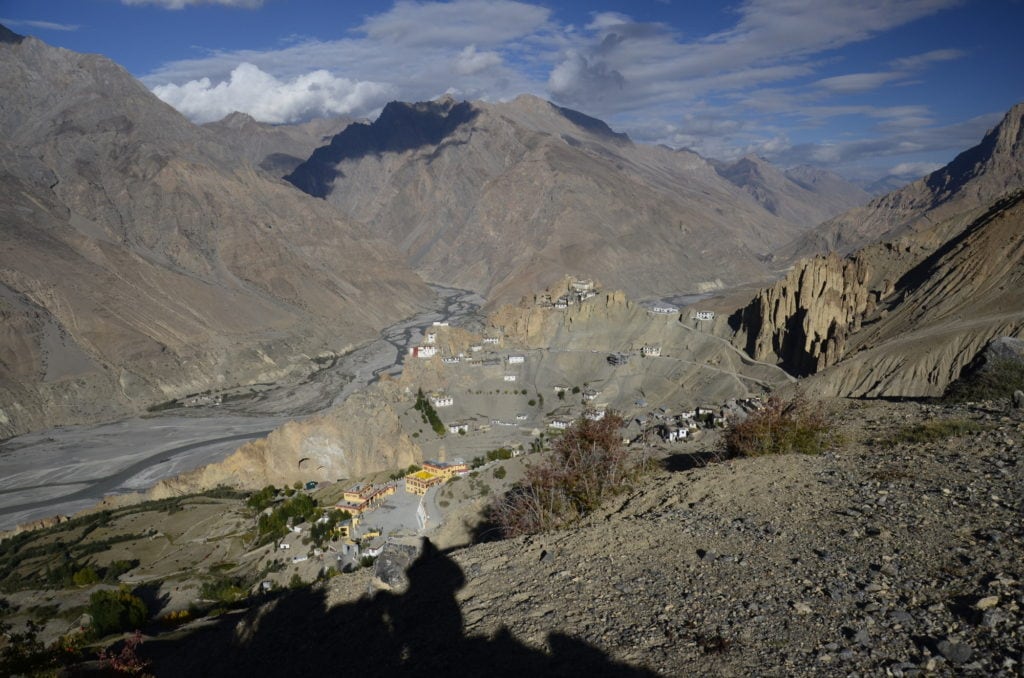
The landscape of Dhankar
Dhankar has other distractions, a short hike to a mountaintop plateau with a lake. An abandoned Santro car, since towing it to Manali is not worth the salvage value, a really cost monastery hostel, budding monks and great food.
I also realised that Hrishikesh Sagar, one of the serious photographers, is a wonderful wildlife enthusiast, and his photos are a pleasure to see, everytime.
Coming out of Mud. Dhankar Monastery, Spiti, Himachal Pradesh
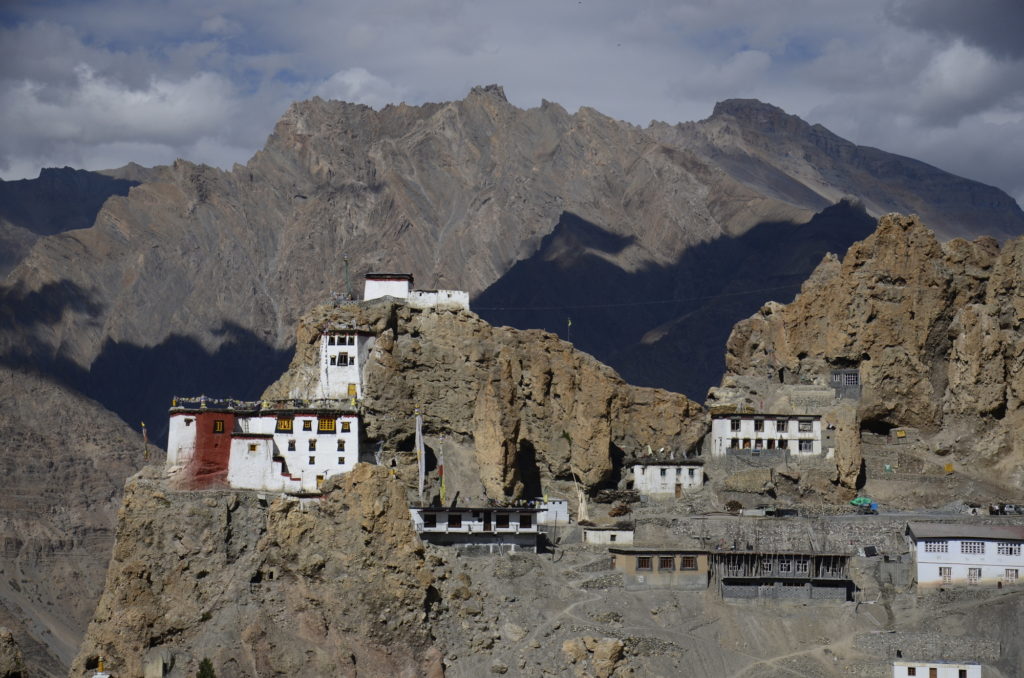
Dhankar Fort that seems to just pop out of Mud
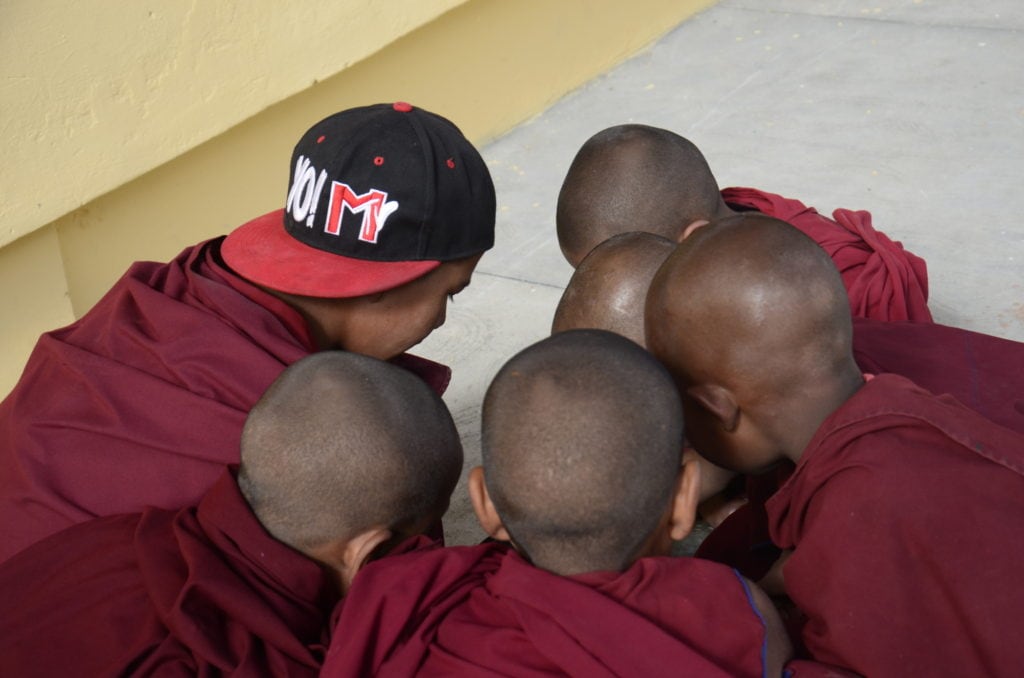
Budding monks at Dhankar Monastery

One of her kind, Bhimkali at Sarahan
Most temples in Himachal are small. That is the burden of the terrain. There are a few exceptions. Sarahan is one. It is on the Sutlej valley, just before the famous Kinnaur district. Once the road from Shimla drops down to the Sutlej valley, the drive is magical. It hugs the river for the entire stretch until it reaches a place called Jeori. A branch road climbs up to Sarahan. A paramilitary camp is on the way to Sarahan. I was about to cross the camp on a bike, and was waved down. I was a bit tentative, it was a hired bike and I didn’t know what to expect. Then the soldier offered me tea. The camp serves tea to everyone who passes by. He was chatty, but giving zero details of what was the camp about; and there are strict warnings of no photographs. High up on the hills, about 800 meters above the river valley is Sarahan. It has the Bhimkali temple, one of the Shakti Peeths in India. It also has a fearsome reputation of human sacrifice until 17th century, but these stories can be mere legends. It is a really large temple in the mountains. A beautiful mix of stone, wood and slate, it both stands out and blends into the landscape. A lovely perimeter, small shrines and two tall towers. The deities are at different levels. There is also a small guest house within the temple that is open to public. Sarahan is also a beautiful hill country. There are endless small roads around Sarahan, leading to no place in particular. There is also a pointless manmade park amidst all the natural beauty, made maybe because there was a budget for doing something. I went to Sarahan in August, when the whole region is covered by clouds and mist. Anywhere around Sarahan is a great visual treat. Visibility beyond a hundred feet was just a pale haze. Every now and then the mist would clear a bit and I could a bit more of the hills. Towards evening, it settled rapidly; and the Sutlej river lifted itself into view appearing out of the mist. It was also apple harvest season. Anywhere you walk, you can stretch your hand and pick an apple. If you are lazy, you can also help yourself from crates of plucked apples left on the road; trucks would come at their own schedule to pick them up. For some reason, I had carried Rain, the first book written by my friend Sriram. I finished the book while I was in Sarahan. The monsoon, the solo trip, and the general forlorn character of Sarahan was a beautiful complement to the theme of the book. If you have two days around Shimla, visit Sarahan; and if you can spare three hours for great prose, read Rain by Sriram; preferably together.Bhimkali temple at Sarahan
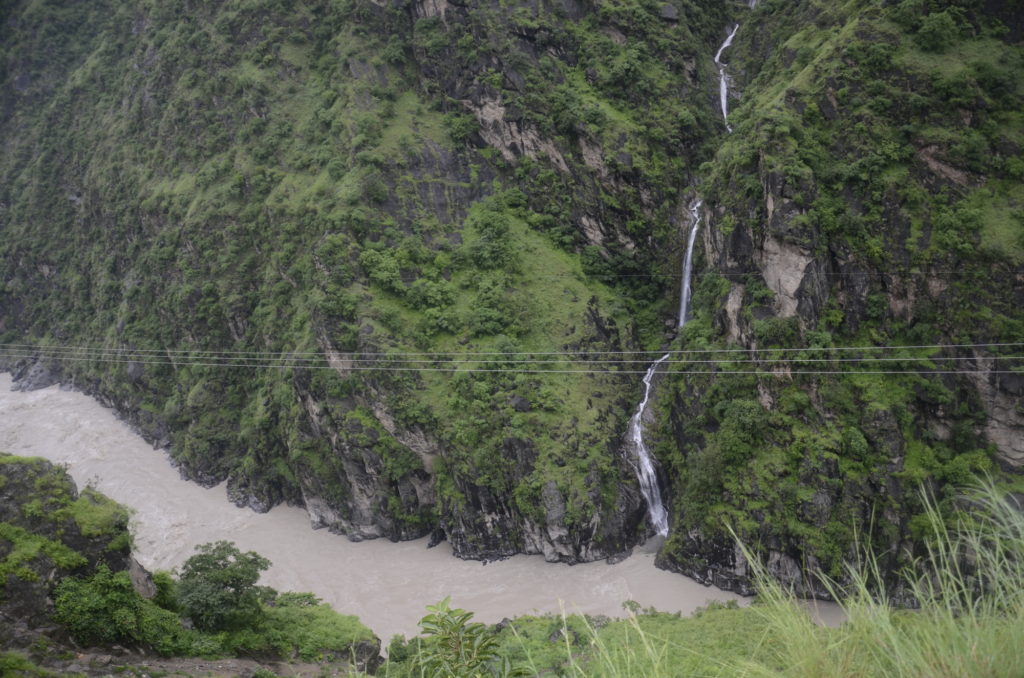
Sutlej valley
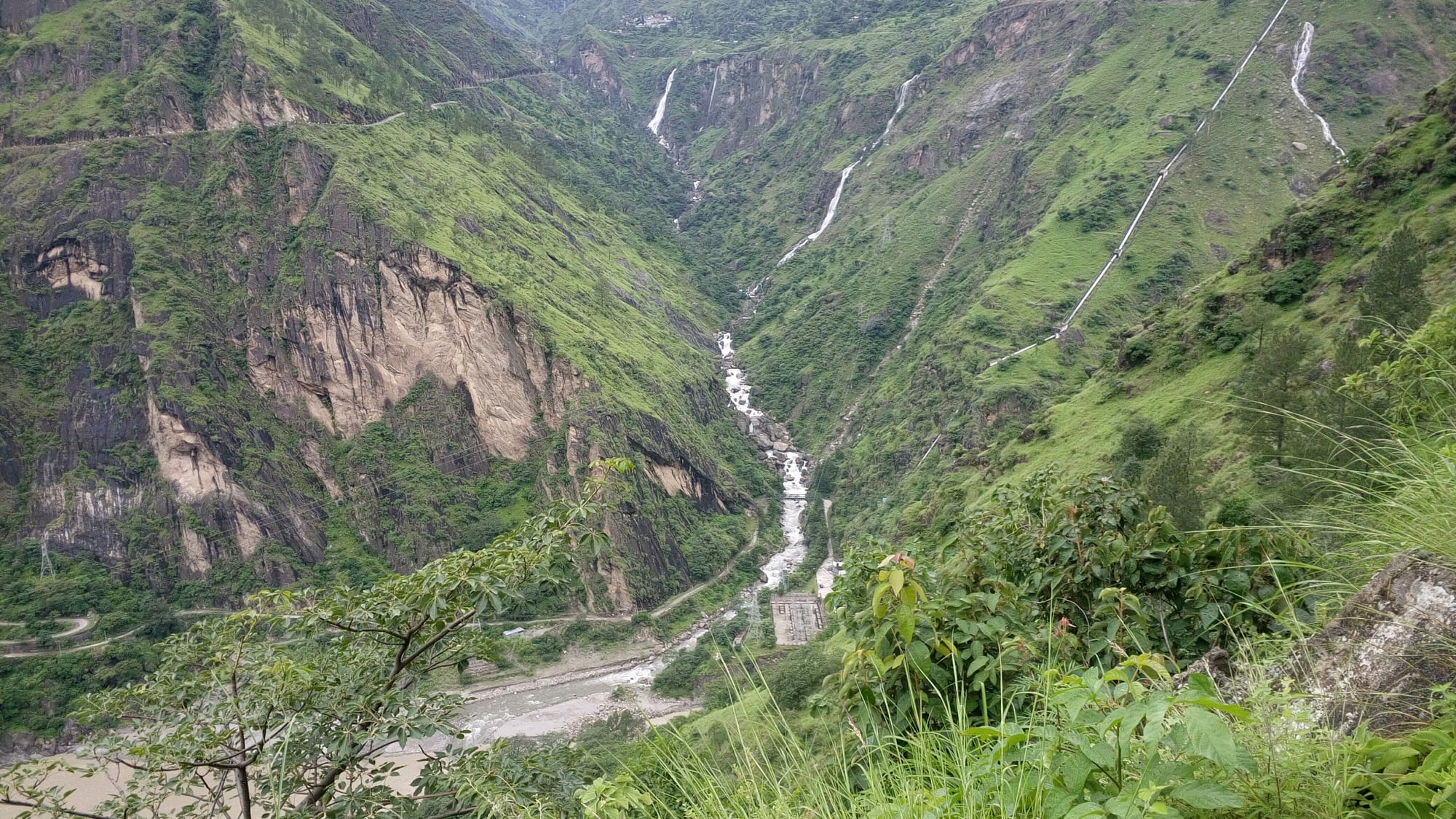
Sutlej valley around Sarahan
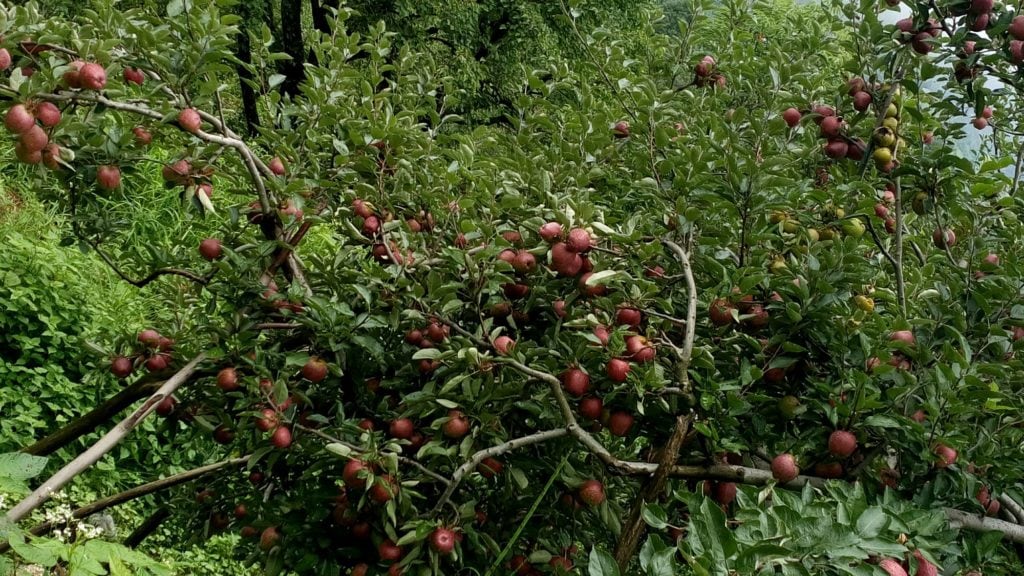
Sarahan is apple country, just short of Kinnaur
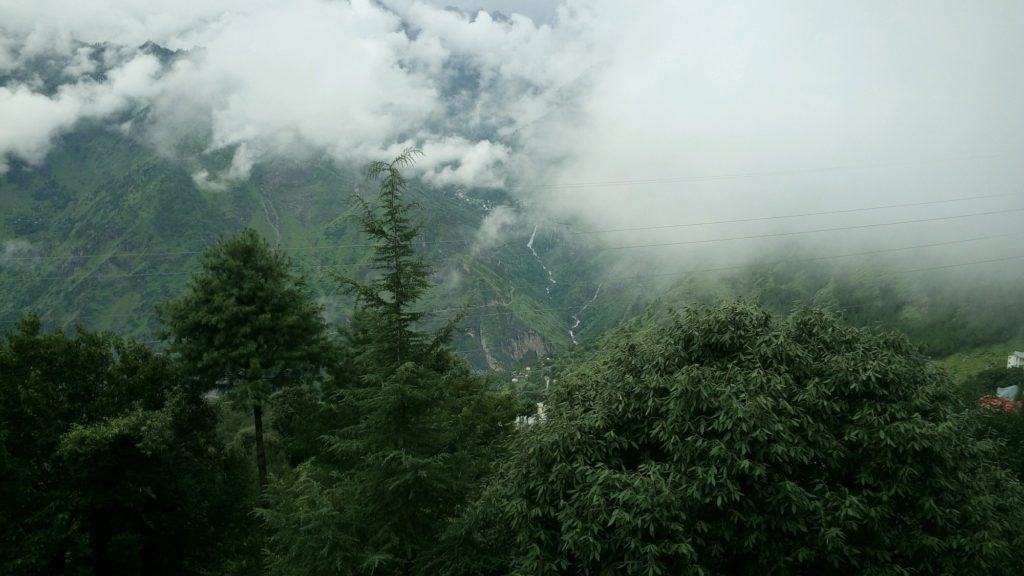
Monsoon in Mountains of Sarahan
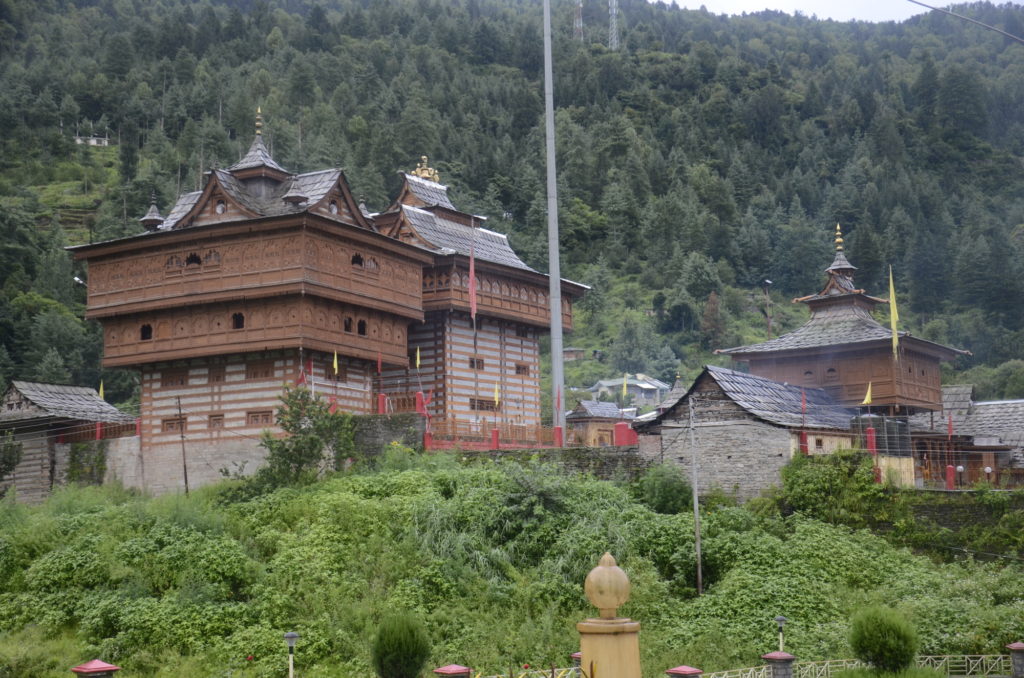
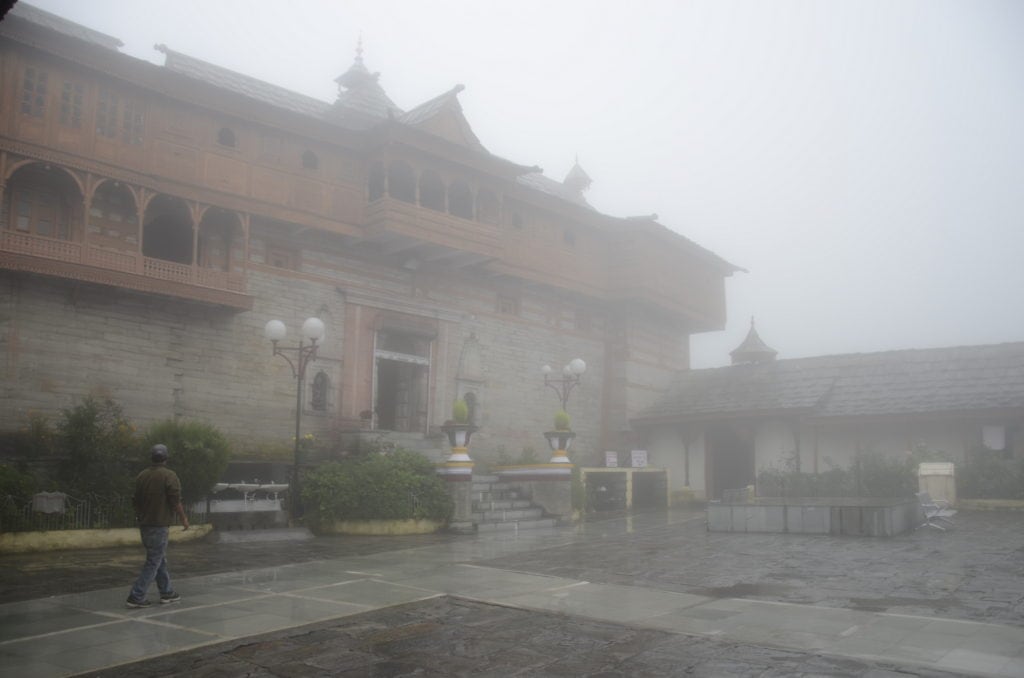
The August mist at Sarahan
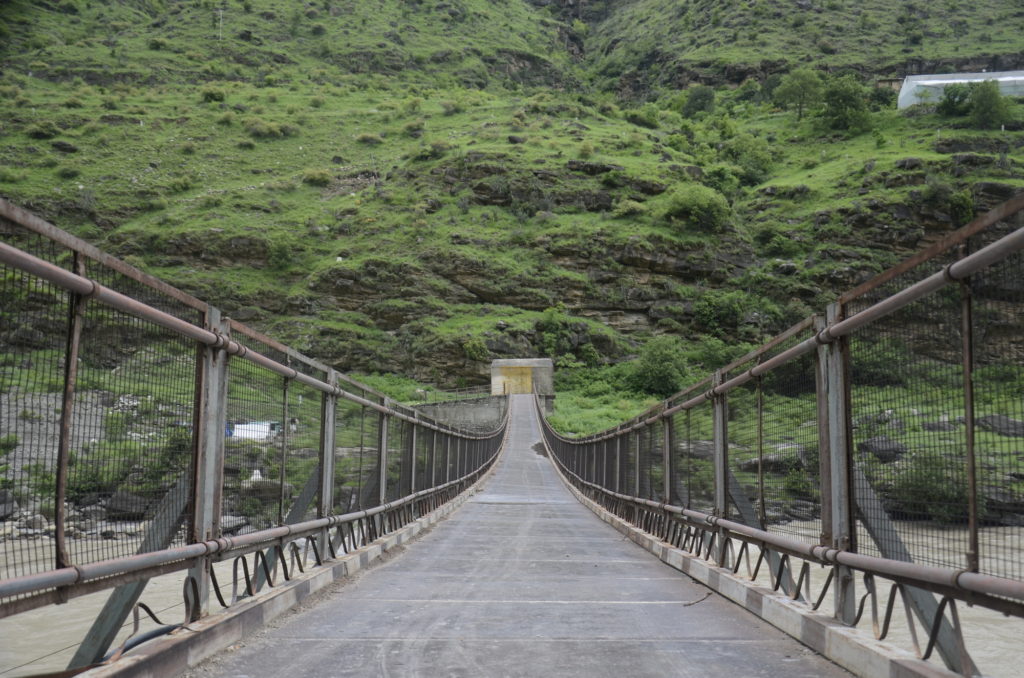
Infiniti suspension bridge across Sutlej

